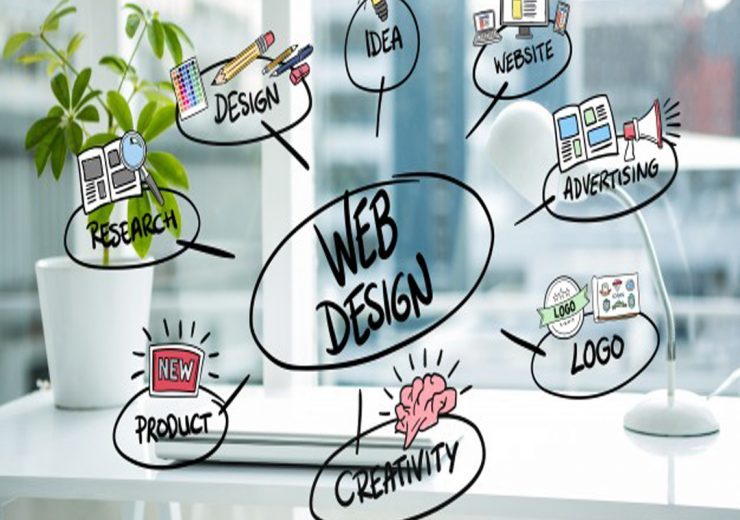A good business workflow and doing more with less time is one of the most essential factors in the design industry today, particularly freelance design. And to be time-efficient, you need to take the time to prepare your project, by breaking it down to simple steps to achieve a good outcome. This way, you’re improving productivity.
Medialinks, the best website development company in Dubai, is one of those companies where every stage of the work is documented and passed upon approval of the client.
The goal of the article is to give you a general 5-step guide to effective website design.
Know the needs of your clients
You will need as much input from your client as possible before beginning your design. The more you know, the more back and forth calls or emails you’re going to save.
Effective communication is vital in knowing more about your client. Especially if you want to get to know your website design clients and what they want, you can start by asking questions that tell you about their company, what they like and what they don’t like. What is the purpose of this website? Who’s the target audience? Who are their competitors? What kind of action do they want their web visitors to take? And so on.
You can ask all these questions in the form of a questionnaire. After it has been filled, you can create a plan and finalize your structured budget, project scope, and ownership agreement. It’s time to get to work after signing the contract Idea generation and sketching
This is always the most difficult step. Most of the newbies jump straight to Photoshop and start designing. And this isn’t right. The best way to do this is to start with a sketch on a piece of paper, and research any webpage you think is relevant to the project, noting what your client likes.
Wireframe creation
The wireframes are the blueprint or template for your website. They give a visual framework to your website. Some artists prefer to use design elements in their wireframes. And, this should be completely avoided, as this would distract the intent of the wireframes, which is to state where things are going, not how things look. And they’re supposed to be in grayscale to concentrate only on the layout.
The first method to wireframes is a pen and a sheet of paper. List all of the features to be included on the web page. Next, position them on the page.
Style Guides
Style guides (also known as style tiles) are a deliverable design consisting of fonts, colours and interface elements that convey the essence of a web-based visual brand. Style guides are based on visual choice discussions with the client. The usual elements are typography, logo, colours and voice tone.
Prototype
Designing a website is just like creating a house; the floor plans are wireframes, and the visual interior is your style tiles. The great thing about the design process is how simple this move has become. By composing your wireframe and style tiles, all you need to do now is to mix them and create a prototype. It is at this stage that you get to see how your website looks like. And, it consists of four stages, production of the prototype, testing, fine-tuning, and finishing up.
NEW PROJECT ON THE HORIZON?
Let’s partner up!
Say Hello!












